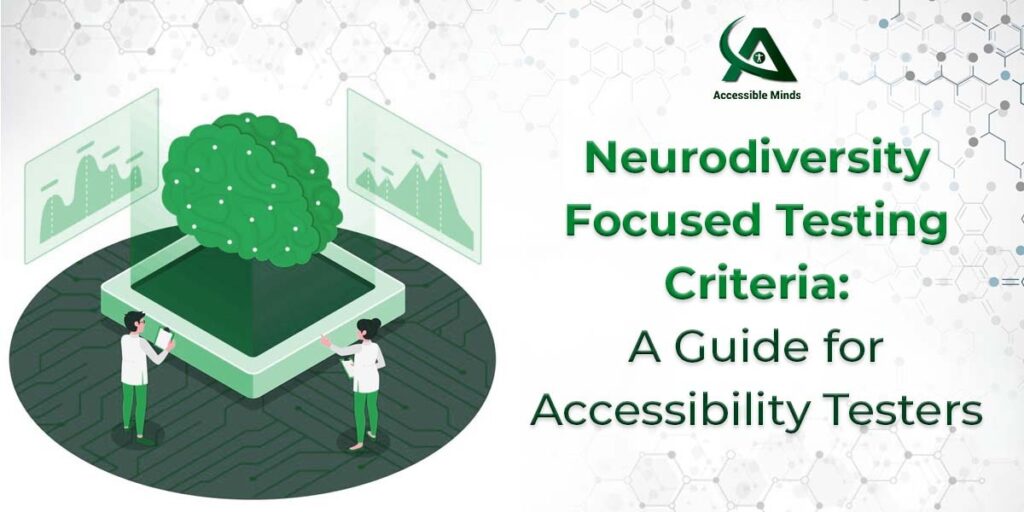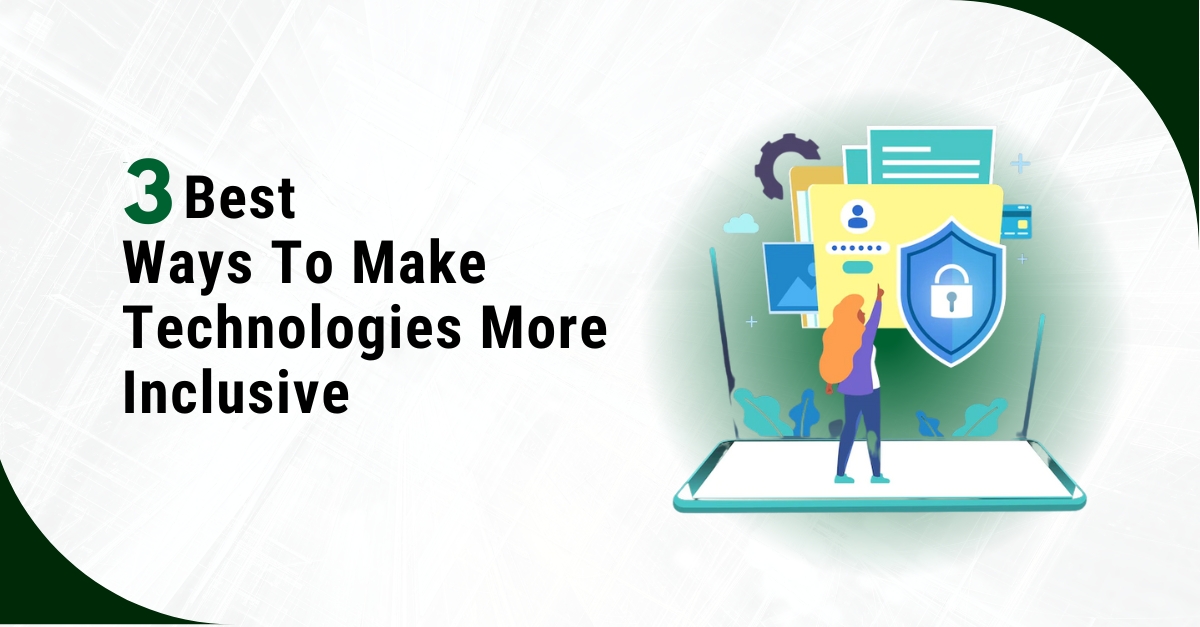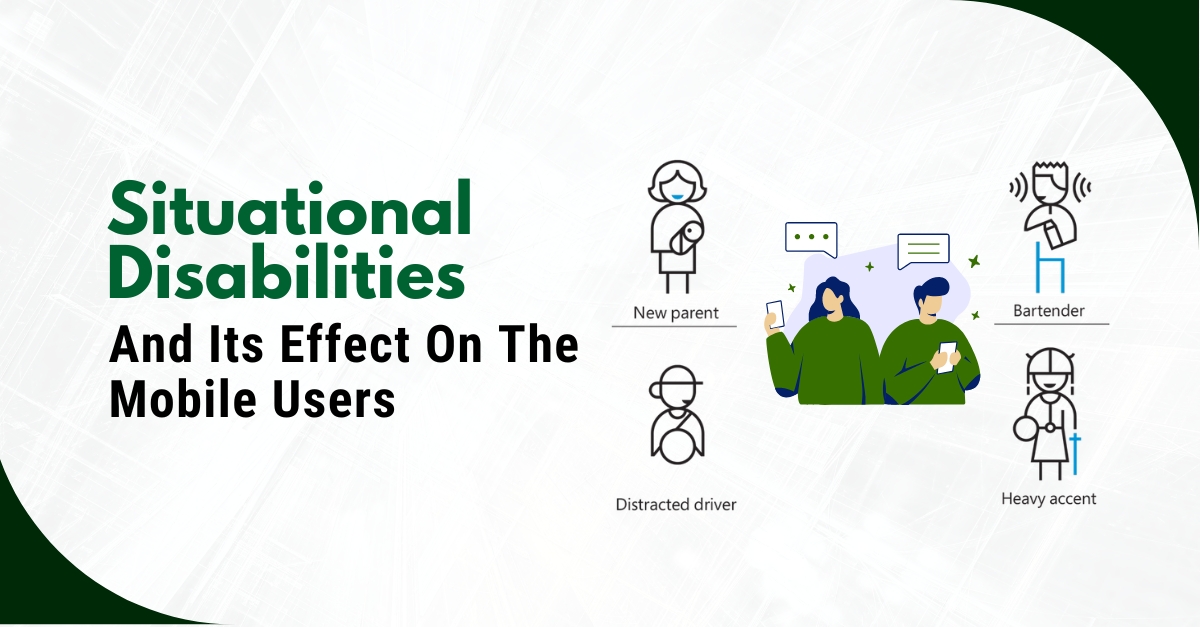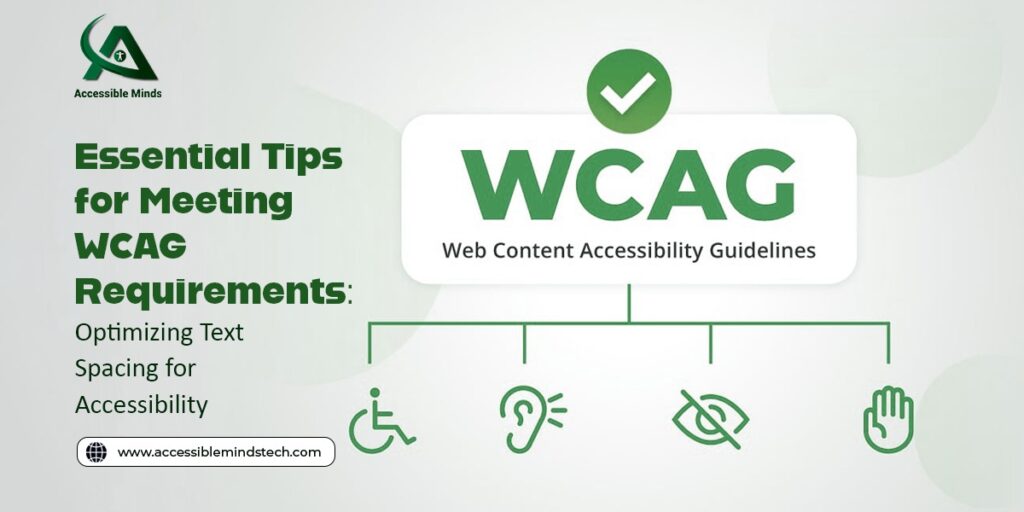In digital accessibility, ensuring that websites and applications are inclusive for users with diverse needs is paramount. As technology advances, so does the understanding of neurodiversity, which encompasses a range of neurological differences such as autism, ADHD, dyslexia, and more. To truly create an inclusive digital environment, it’s crucial for accessibility testers to adopt neurodiversity-focused testing criteria. This guide delves into the significance of incorporating these criteria and provides insights for testers in the realm of Digital Accessibility Testing Services.
Understanding Neurodiversity in Digital Accessibility
Neurodiversity is a concept that recognizes and celebrates neurological differences in the human population. In the context of digital accessibility, this means acknowledging that users with neurodivergent conditions may interact with websites and applications differently. To create a truly accessible digital space, it is essential for testers to broaden their scope beyond traditional accessibility testing and encompass neurodiversity-focused criteria.
The Importance of Neurodiversity-Focused Testing
1. User-Centric Approach:
To provide a truly inclusive digital experience, testers must adopt a user-centric approach. Neurodivergent users have unique needs and preferences, and incorporating neurodiversity-focused testing criteria ensures that these needs are considered during the testing process. This approach enhances user satisfaction and engagement.
2. Legal Compliance:
As digital accessibility regulations become more stringent, compliance is not only a moral imperative but also a legal requirement. By integrating neurodiversity-focused testing criteria, organizations demonstrate their commitment to accommodating users with diverse cognitive abilities, aligning with global accessibility standards.
3. Market Expansion:
Recognizing and addressing the needs of neurodivergent users can lead to the expansion of the target market. As inclusivity becomes a focal point for consumers, businesses that prioritize neurodiversity in their digital products gain a competitive edge and tap into a broader user base.
Neurodiversity-Focused Testing Criteria
- Cognitive Load Considerations:
Neurodivergent individuals may experience challenges related to cognitive load. Testers should evaluate the user interface for simplicity, minimizing unnecessary information and distractions. Clear navigation, concise content, and intuitive design contribute to a reduced cognitive load for all users.
- Multimodal Accessibility:
Neurodivergent users often benefit from a multimodal approach to interaction. Testers should ensure that digital products support various input methods, such as voice commands, keyboard shortcuts, and gestures. This enhances accessibility for users with different cognitive preferences and abilities.
- Customizable User Interfaces:
Allow users to customize the interface based on their preferences. This includes options for font size, color schemes, and layout adjustments. Customizability caters to the diverse sensory needs of neurodivergent users, empowering them to tailor the digital experience to their comfort.
- Predictable Navigation:
Many neurodivergent users thrive on predictability. Testers should evaluate the navigational flow of a website or application, ensuring that it follows logical sequences. Consistent placement of elements, clear labeling, and straightforward pathways contribute to a more predictable and user-friendly experience.
- Attention Management:
Neurodivergent users might struggle with attention management. Testers should assess features that might cause sensory overload, such as flashing animations or auto-playing videos. Providing users with control over these elements ensures a more comfortable and accommodating digital environment.
- Comprehensive User Feedback:
Incorporate robust feedback mechanisms that cater to neurodivergent users. This includes clear error messages, visual and auditory cues, and alternative forms of communication. Thoughtful feedback mechanisms enhance the overall user experience for individuals with diverse cognitive abilities.
Best Practices for Implementing Neurodiversity-Focused Testing Criteria
Collaborate with Neurodivergent Individuals: Actively involve neurodivergent individuals in the testing process. Their insights and feedback are invaluable in understanding the unique challenges they face and tailoring digital products to better meet their needs.
Continuous Learning and Adaptation: The field of neurodiversity is vast and continually evolving. Testers should engage in continuous learning to stay informed about the latest research and insights related to neurodivergent conditions. This knowledge allows for the adaptation of testing criteria to align with emerging best practices.
Incorporate Neurodiversity in Testing Protocols: Integrate neurodiversity-focused testing criteria into the standard testing protocols. This ensures that neurodiversity is not treated as an isolated consideration but is seamlessly woven into the broader framework of digital accessibility testing.
Conclusion
Digital Accessibility Testing Services play a pivotal role in creating an inclusive digital landscape. By adopting neurodiversity-focused testing criteria, testers can contribute to a more accessible, user-friendly, and accommodating online experience for individuals with diverse cognitive abilities. In the pursuit of digital inclusivity, understanding and addressing the needs of neurodivergent users is not just a best practice, it’s a necessity. As we progress towards a more accessible digital future, the integration of neurodiversity-focused testing criteria stands as a testament to our commitment to leaving no user behind.







